Smithsonite
Smithsonite is a zinc carbonate mineral popular amongst collectors for its smooth, botryoidal or rounded crystal formations.
Showing all 5 results
-
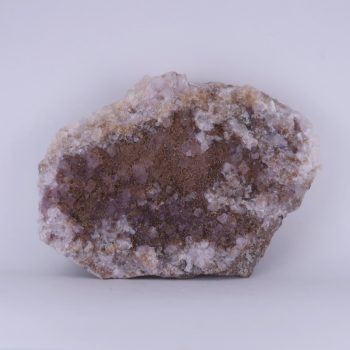
Fluorite and Smithsonite from Coldstones Quarry, North Yorkshire
Price range: £12.50 through £15.00 -
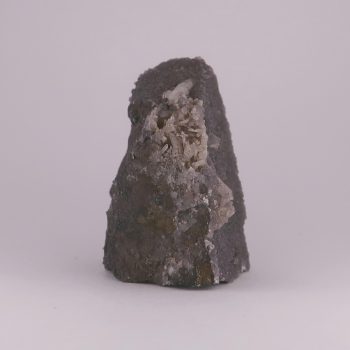
Smithsonite and Galena from Tsumeb Mine, Namibia
£10.00 -
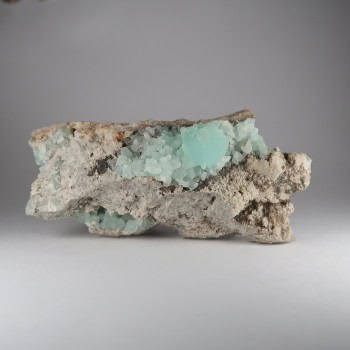
Smithsonite from Kelly Mine, New Mexico, USA
Price range: £3.50 through £50.00 -
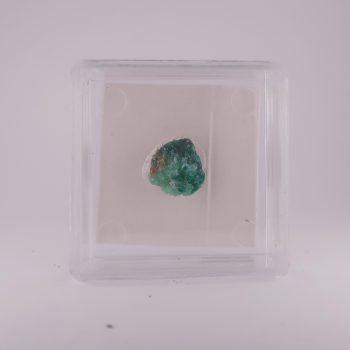
Smithsonite from Tsumeb Mine, Namibia
Price range: £7.50 through £10.00 -
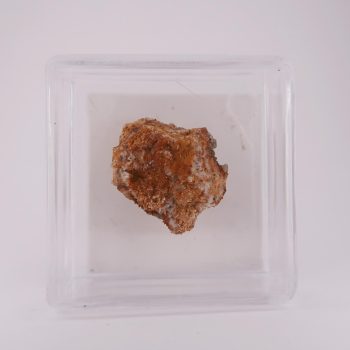
Smithsonite, Adamite, and Calcite from Hilarion Mine, Greece
£3.50
Information about
Smithsonite is a zinc carbonate mineral known for its smooth, botryoidal (grape-like) or rounded crystal formations. It comes in a wide range of pastel colours, including shades of green, blue, pink, purple, yellow, grey, and white, often with a pearly to silky luster.
Uses and History
Historically, smithsonite was an important ore of zinc. Today, it’s primarily valued as a collector’s mineral and is used in ornamental carvings and jewellery, though its relative softness limits its use in rings or items subject to wear.
Named after English chemist and mineralogist James Smithson, the founder of the Smithsonian Institution, smithsonite was previously confused with hemimorphite due to their similar appearance.
Mineralogy
White, grey, yellow, green, blue, pink, purple, blueish, brown.
Hazards and Warnings
Mineral collectors should wash their hands after handling specimens, to avoid any exposure to potential toxins.
Almost all rocks, minerals (and, frankly, almost all other substances on earth) can produce toxic dust when cutting, which can cause serious respiratory conditions including silicosis.
When cutting or polishing rocks, minerals, shells, etc, all work should be done wet to minimise the dust, and a suitable respirator or extraction system should be used.
Translations
Arabic:
Hindi:
Portuguese:
Bengali:
Indonesian:
Punjabi:
English:
Italian:
Russian:
- Смитсонит
French:
Japanese:
- 菱亜鉛鉱
Spanish:
- Smithsonit
German:
- Smithsonit
Korean:
Thai:
Gujurati:
Mandarin Chinese:
- 菱锌矿
Urdu:
